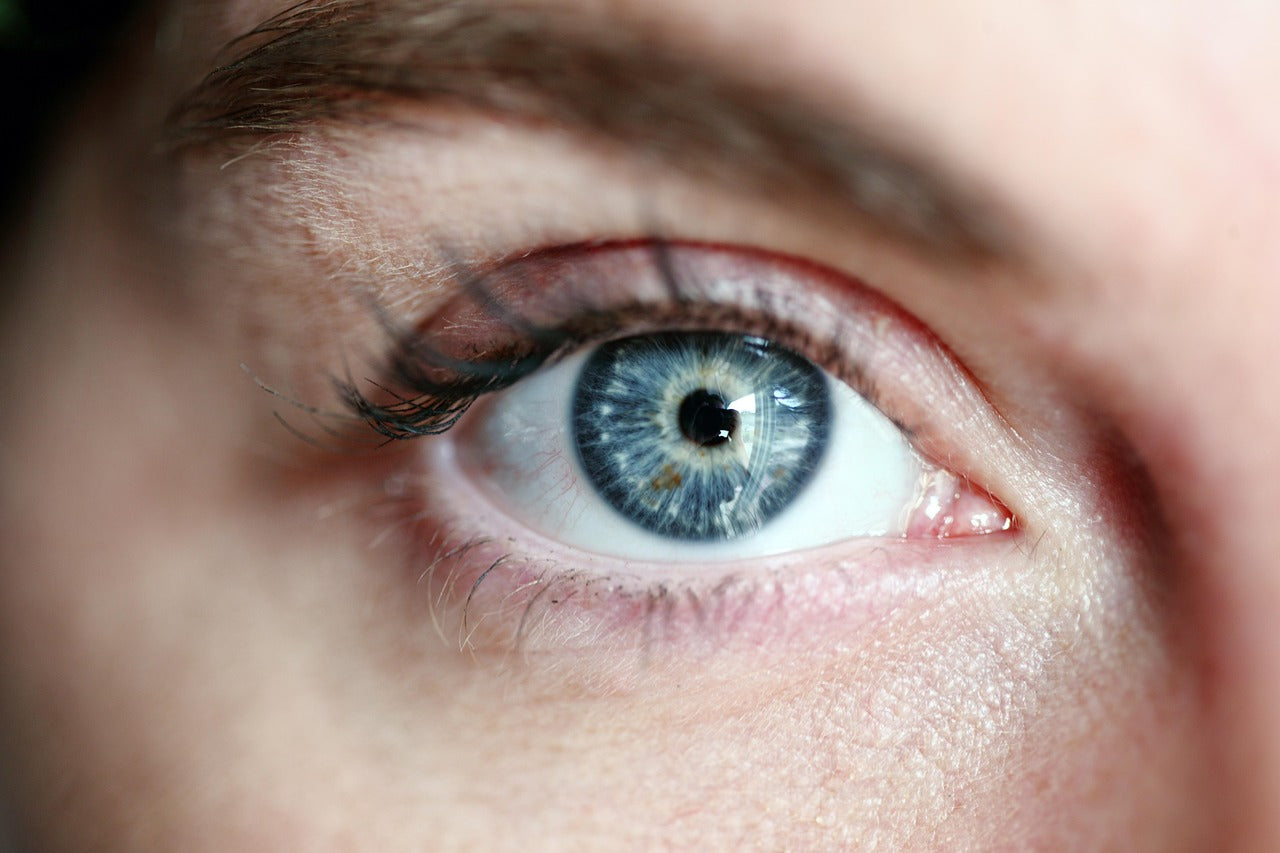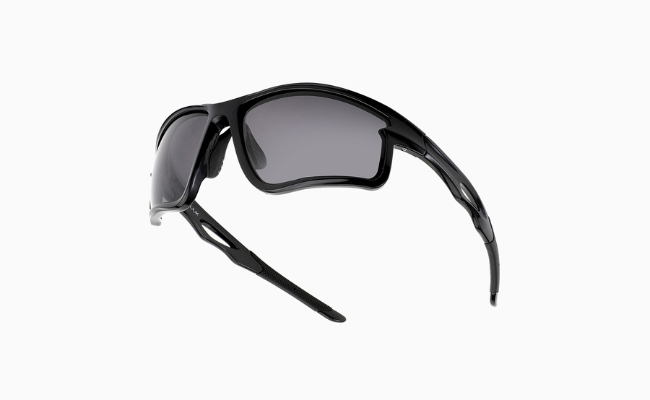
Understanding Rare Eye Diseases: A Window to Better Eye Health
When it comes to eye health, we often hear about common issues like nearsightedness, farsightedness, and astigmatism. However, there’s a wide spectrum of rare eye diseases that can significantly affect vision and overall quality of life. Gaining awareness about these conditions can make a world of difference in seeking proper diagnosis and treatment.
What Are Rare Eye Diseases?
Rare eye diseases are uncommon conditions that impact vision and eye health. While some are hereditary, others may arise from environmental factors, infections, or systemic health conditions. Here are a few rare eye diseases worth knowing about:
-
Retinitis Pigmentosa (RP): A genetic disorder that affects the retina’s ability to respond to light. Symptoms often include night blindness and a gradual loss of peripheral vision.
-
Keratoconus: This condition causes the cornea to thin and bulge into a cone-like shape, leading to distorted vision. Special lenses, such as scleral or rigid gas-permeable contacts, are often recommended to manage keratoconus.
-
Leber Congenital Amaurosis (LCA): A rare genetic condition that appears in infancy, LCA leads to severe vision impairment due to retinal dysfunction.
-
Stargardt Disease: This inherited disease causes progressive vision loss, typically beginning in childhood or adolescence, due to damage in the central retina (macula).
-
Usher Syndrome: A condition combining hearing loss and progressive vision impairment caused by retinitis pigmentosa. Usher Syndrome significantly affects quality of life and independence.
Diagnosing Rare Eye Conditions
Early detection and diagnosis are essential to managing these conditions effectively. Ophthalmologists often use advanced imaging technologies, genetic testing, and functional tests like visual field assessments to identify these diseases. Regular eye exams play a crucial role in catching early signs of abnormalities.
Treatment Options and Advances
While some rare eye diseases currently have no cure, there are treatments available to manage symptoms and slow progression. Gene therapy, for instance, has emerged as a promising avenue for conditions like Leber Congenital Amaurosis. Other interventions may include:
-
Specialized eyewear, such as scleral lenses or high-index lenses, to improve vision.
-
Medications to reduce inflammation or manage underlying conditions.
-
Surgical procedures like corneal transplants for conditions like keratoconus.

Why Eyewear Matters
For individuals with rare eye diseases, choosing the right eyewear can make a significant difference. Certain frames and lenses are designed to provide better comfort and functionality for unique needs. For example, Asian fit glasses are tailored for those with lower nose bridges or higher cheekbones, ensuring a secure and comfortable fit. Specialized frames like these can enhance the experience for people with vision challenges, offering both clarity and comfort.
Raising Awareness and Supporting Research
Supporting research and raising awareness about rare eye diseases are crucial for advancing treatments and improving lives. Organizations and advocacy groups dedicated to eye health often provide valuable resources, connect patients with specialists, and fund groundbreaking research efforts.
Protect Your Vision
Whether you have perfect eyesight or are managing a rare eye condition, regular eye exams, a balanced diet, and protective eyewear are essential for maintaining healthy vision. Remember, even subtle changes in your eyesight should prompt a visit to your eye care provider.

Shop Here
Your eyes are your windows to the world. By staying informed and proactive, you can ensure they stay healthy for years to come. And when it’s time to pick out your next pair of glasses, don’t forget to explore options like Asian fit glasses or other specialized eyewear that meets your specific needs. Your vision deserves the best care.








发表评论
此站点受 hCaptcha 保护,并且 hCaptcha 隐私政策和服务条款适用。